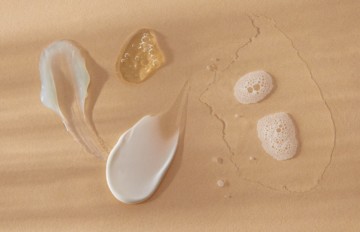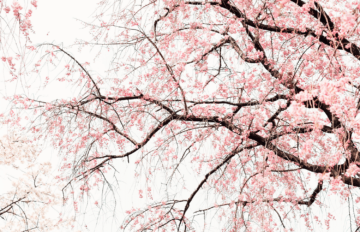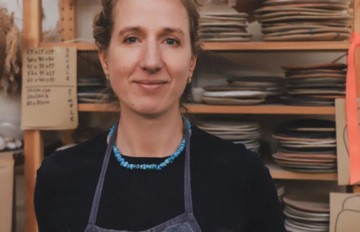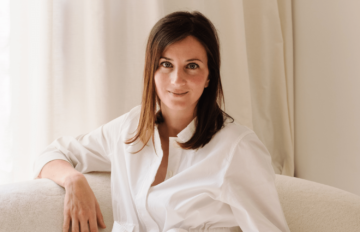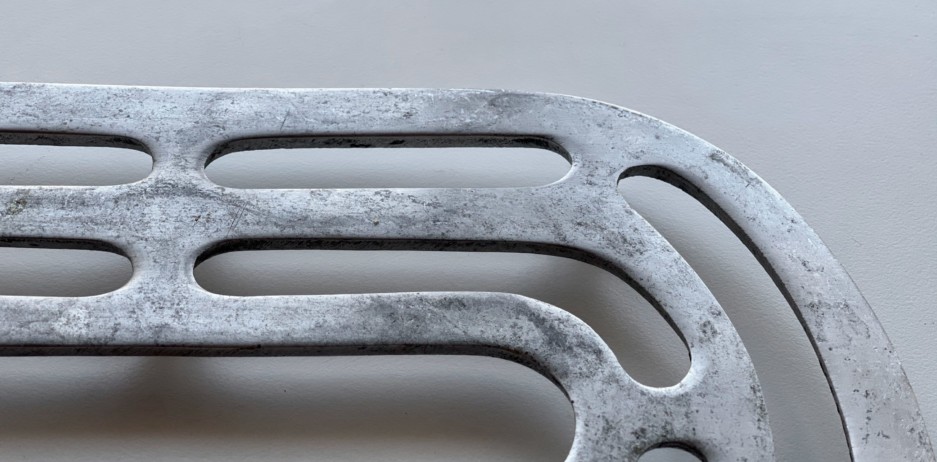
D for Decorative trivet stand
To share his thoughts on Beauty, French designer Patrick Jouffret chose to talk about objects created by humans to fulfill their dreams. For Patrick, these objects go beyond fashion and status. They make something functional beautiful, mark chapters in our history, and show how our needs have evolved. Through this subjective selection, which he presents in the form of an alphabet book, Patrick explores the hidden dimensions of these objects – dimensions that make them unique, timeless, and essential. After discovering the letter C for the Charm of a piano, let’s continue this serie with the letter D for… Decorative trivet stand!
At first glance, this trivet stand doesn’t look like anything special, and you’d be forgiven for mistaking it for a section of a wood stove. Bearing in mind the material used (aluminum) and the geometric form, its style could be described as industrial, and yet this trivet has clearly been made artisanally. The contrast works wonderfully, and gives it a particular charm.

It seems to have been handcrafted, and the irregularities in the inner lines are unexpected, perhaps even unintended. There is no perfect circular curve, no concentricity.
This is also an object that has been well designed. The cut-out sections, which accentuate the transfer of heat, provide good insulation between the table and the dish that stands on it. Generously sized and stable, it looks almost as if it were levitating. It is a light object. It doesn’t obstruct the view of the table, and allows it to breathe. It seems right to let it stay in place.
Over time, the unpolished aluminum has become stained and scratched. The edges have been smoothed by hand, reflecting the light in different, changing ways. The material tells its own story. Traces of finishing touches on the aluminum recall the lines created by a paintbrush on a fresco or antique pottery. You can tell that a person was involved, that they held it in their hand. This gives an extra dimension to the trivet, and connects us with the creator.
The mass production of objects and the perfection of digital design (symmetry, regularity, precision) have led us to gradually forget about these nuances. And yet, do we not need to feel the intention or care behind the object that we use?
While industry has replaced craftsmanship, the need to bring objects back to life is perhaps one of the reasons why there is such interest in designers.
We’ll meet next time to talk about the letter E for… Extraordinary inkwell!





